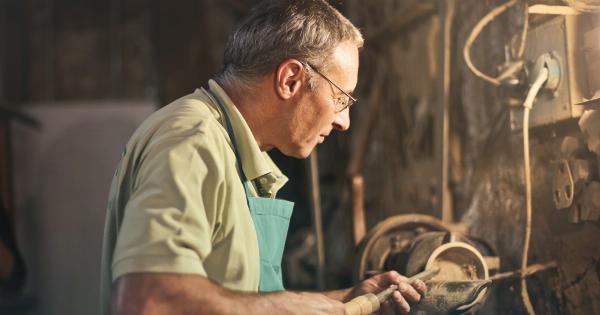In recent years, there has been significant progress in the field of reproductive medicine, with advancements that provide hope for women who are struggling with infertility or facing age-related declines in fertility.
One such groundbreaking technique is ovarian rejuvenation, a promising approach to reset the biological clock and improve a woman’s chances of conceiving.
Understanding Ovarian Rejuvenation
Ovarian rejuvenation is a procedure that aims to restore the function of aging ovaries, typically in women who are over 35 years old and experiencing a decline in their ovarian reserve or egg quality.
The process involves extracting a small piece of ovarian tissue, which is then treated and reintroduced into the woman’s body.
The procedure utilizes the regenerative potential of stem cells present in the ovarian tissue, as well as the growth factors and other rejuvenating substances found in the tissue.
These elements help revive the dormant follicles and improve the quality and quantity of eggs produced.
The Procedure
Ovarian rejuvenation is typically performed as a minimally invasive outpatient procedure. Below are the general steps involved:.
1. Diagnosis and Assessment
Prior to the procedure, a thorough assessment of a woman’s fertility potential is conducted. This includes evaluating hormone levels, ovarian reserve, and overall reproductive health.
2. Sedation or Local Anesthesia
During the procedure, patients are usually given sedation or local anesthesia to minimize discomfort.
3. Ovarian Tissue Extraction
A small incision is made in the lower abdomen, and a laparoscope is inserted to visualize the ovaries. A small piece of ovarian tissue is carefully extracted.
4. Tissue Treatment
The extracted ovarian tissue is then treated to isolate and concentrate the regenerative cells, growth factors, and other beneficial elements. This may involve various techniques, including cell culturing or activating specific signaling pathways.
5. Reintroduction of Treated Ovarian Tissue
The treated ovarian tissue is reintroduced back into the woman’s body. It can be transplanted directly onto the ovary, placed in a different location, or even cryopreserved for future use.
Potential Benefits and Success Rates
Ovarian rejuvenation offers several potential benefits for women struggling with infertility or those who wish to optimize their chances of conceiving. These include:.
1. Increased Ovarian Reserve
The procedure aims to increase the pool of available eggs by rejuvenating dormant follicles, resulting in an increased ovarian reserve.
2. Improved Egg Quality
Ovarian rejuvenation also seeks to enhance the quality of eggs produced, potentially leading to higher success rates in assisted reproductive technologies (ART) such as in vitro fertilization (IVF).
3. Delayed Menopause
Women who have undergone ovarian rejuvenation may experience a delayed onset of menopause due to the revitalization of their ovaries.
While ovarian rejuvenation holds immense promise, it’s crucial to note that success rates can vary significantly depending on various factors, including a woman’s age, overall health, and underlying causes of infertility.
Risks and Ethical Considerations
As with any medical procedure, ovarian rejuvenation comes with potential risks that need to be carefully considered. Some of the risks associated with this procedure include infection, bleeding, damage to surrounding organs, and an ectopic pregnancy.
Furthermore, ethical concerns need to be addressed. Ovarian rejuvenation is still considered an “investigational” or experimental procedure, with limited long-term data on its safety, efficacy, and potential impact on offspring.
The Future of Ovarian Rejuvenation
Despite the current limitations and ongoing research, ovarian rejuvenation offers newfound hope for women seeking to extend their fertility window and improve their reproductive outcomes.
While more studies and clinical trials are needed to establish its long-term safety and effectiveness, the initial results are encouraging.
Ovarian rejuvenation has the potential to reshape the field of reproductive medicine and provide new possibilities for women facing age-related fertility challenges.
Conclusion
Ovarian rejuvenation is an innovative technique that holds immense promise in restoring aging ovaries and enhancing a woman’s reproductive potential.
Although the procedure is still in its early stages, it presents an exciting development in the field of reproductive medicine.






























